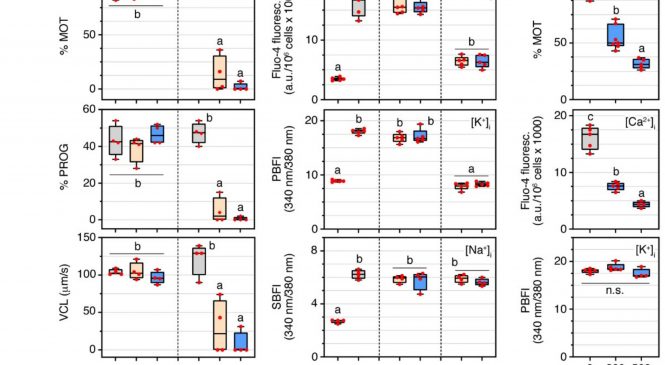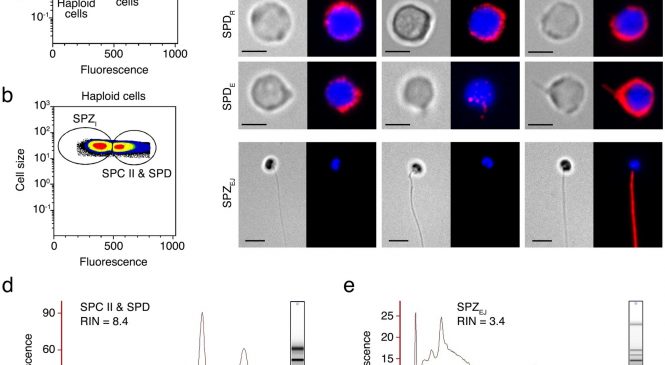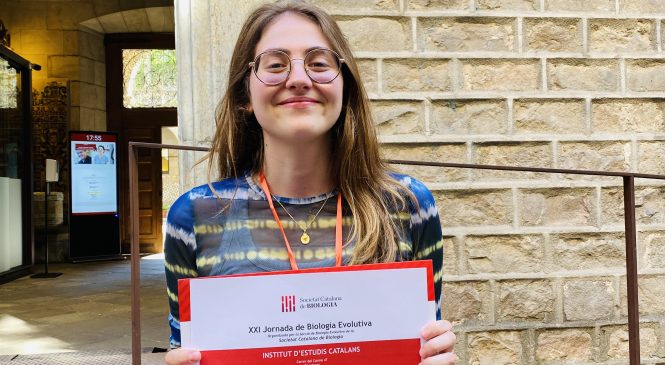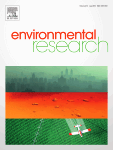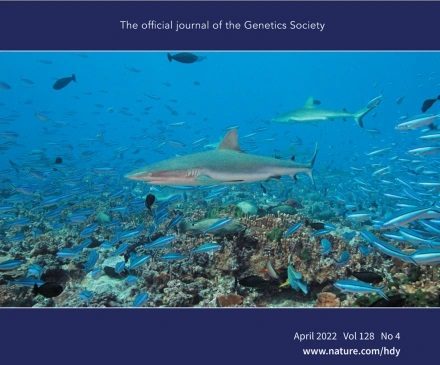
L’IBB organitza la 1a Barcelona Protein Aggregation Training School
En el marc del projecte «PhasAGE: Excellence Hub on Phase Transitions in Aging and Age-Related Disorders», el Grup de Plegament de Proteïnes i Malalties Conformacionals de l’Institut de Biotecnologia i de Biomedicina (IBB) celebra del 12 al 16 de setembre la primera edició de la «Barcelona Protein Aggregation Training School». La trobada permetrà a una trentena de joves investigadors aprofundir en el coneixement sobre el procés d’agregació de proteïnes, implicat en moltes malalties relacionades amb l’envelliment.
La «Barcelona Protein Aggregation Training School» forma part del projecte «PhasAGE: Excellence Hub on Phase Transitions in Aging and Age-Related Disorders», una xarxa internacional sobre biologia molecular i malalties relacionades amb l'edat creada per augmentar

